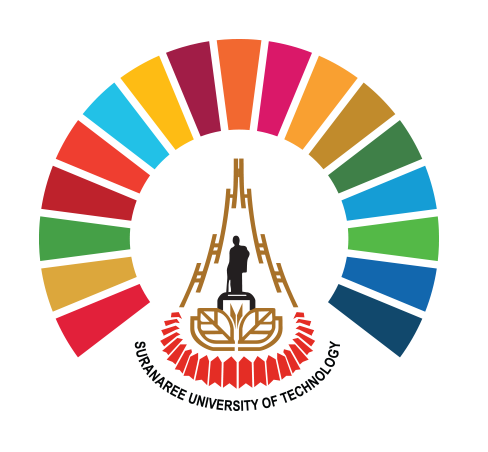
Organic Waste Treatment
The total amount of organic waste produced in the university is 197 Tons/yr. All these wastes are put to use with 157 Tons/yr. (80%) used for producing compost and 40 Tons/yr. (20%) used for producing animal feed as detailed below.
1. Animal feed : Food scrap segregation system is set up for each of the canteens. The system consists of 5 stations including 1) Recyclable waste 2) General waste 3) Food scrap 4) Used utensils return point and 5) Glass and cups return point. The food scrap waste collected from the canteens amounts to 40 Tons/yr. and are all used to make animal feed.
2. Biomass compost factory from organic wastes: The food scraps from different departments and offices are collected and used to make biomass compost at the all-in-one organic compost factory at the amount of 197 Tons/yr. The organic wastes will be handled along with the other organic wastes in the all-in-one waste management factory using mechanical-biological treatment MBT or composting technology. The process for processing wastes into organic compost and energy from waste consists of a segregation system using the conveyor belt, cutting machine for making the size of waste smaller, a compost system and a sifter for separating organic waste and plastics. The waste to energy processing process creates by-products including organic compost and refuse derived fuel: RFD. The RFD is sold to the electrical power house for further use. These by-products generate an income of approximately 1.00 million THB/yr. and is contributed to the University’s environmental funds.
https://www.facebook.com/SUT-Zero-Waste-1580656752256911 http://biomass.sut.ac.th/biomass/
References:








